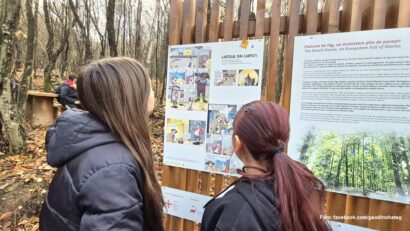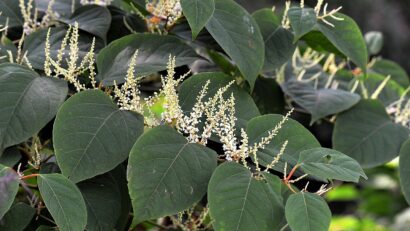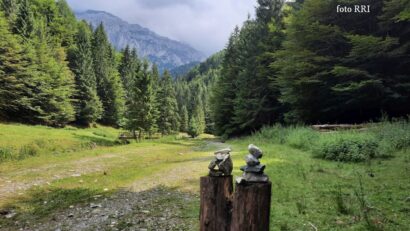The Padurea Craiului Mountains
The area is a future major destination for eco-tourism.

România Internațional, 27.05.2016, 13:28
The Padurea Craiului Mountains, in Bihor County, in the north west of the Apuseni Mountains, are a future major destination for eco-tourism. The process of licensing is underway, and the custodian of this breathtaking area of peaks and valley, namely, the Bihor Center for Protected Areas and Sustainable Development, finalized a project to develop the area. This Norwegian funded project ran for 20 months, between 2014 and 2016, spotting places with potential for eco-tourism development and possible investments aimed at making the place more attractive for tourists.
Here with more is Paul Iacobas, head of the Bihor Center for Protected Areas and Sustainable Development: “We have created a number of unmarked cycling routes, but there is information by GPS and maps with route descriptions in both English and Romanian. There are two centers to rent bikes and a bus for tourists who want to rent bikes. In previous projects, we developed a network of routes for visiting caves. The Crystal Cave in the Farcu Mine, and Meziad Cave are the top destinations in the area. They are set up for tourism at the highest standards, in terms of safety and reduced environmental impact. These are followed by the Vadu Crisului and Unguru Mare caves. These four caves are part of a network of caves that tourists can visit under the best of conditions. We are currently working on caves that we will make available in 2018. These are 10 caves to be equipped with bridges, ladders, lighting, with additional safety features, with local guides. We also have adventure routes. We have two via ferrata routes, which blend climbing and trekking. They are set up on vertical walls, where the tourist can climb using fixed points or metal cables. Tourists can climb with no knowledge of climbing, as long as they have safety equipment. We also have rafting routes, starting in Bulz, and ending in Vadu Crisului. It is an accessible family route.”
Padurea Craiului Mountains will soon have a network of interconnected thematic routes, also accessible by bike. The network will be called the Karst Road, since this is the dominant relief in this protected area. It is a heavily forested area, with interspersed groves and pastures, or cultivated areas on Karst plateaus.
Andrei Acs, manager of the Natura 2000 Padurea Craiului area, told us about it: “Padurea Craiului is a European protected area that hosts 37 species of European interest, and over 16 habitats. We have large carnivores like wolves and bears, alongside otters. We also have protected flora, and 3 very important habitats, since only 0.5% of the terrain in Europe has such habitats. I would mention a unique species of oak, a rare Mediterranean species. Thanks to the karst rocks, which reflect the sunlight, this area has several rare species of plants.”
The major attraction in this area is caves. They shelter major bat colonies, as Andrei Acs told us:
“We have at least 16 species of bat. The largest of them is the horseshoe bat, but we also have the smallest species, as small as a book of matches. All the caves in Padurea Craiului shelter bat colonies. We have over 2000 natural cavities over the 40,000 ha of the mountain massif. In Meziad Cave we have the second largest bat colony in Romania, and one of the largest in Europe, with over 60,000 members in winter. In Padurea Craiului we also have natural botanical reservations. In the Crisul Repede Gorge we have a reservation with caves, archeology sites, and unique plant species, encouraged by the high albedo of the limestone. The Padurea Craiului area is also good for nesting birds. We have three pairs of a species of eagle which was believed to be extinct, but which in the last 10 years has returned to Romania. We also have two nests of black stork, extremely rare in the EU.”
The Padurea Craiului area still preserves old traditions. In the village of Rosia they have a century old watermill, still working. The wooden churches in Petreasa and Beznea await you, just as the brick wall churches of Remetea and Vadu Crisului.






























